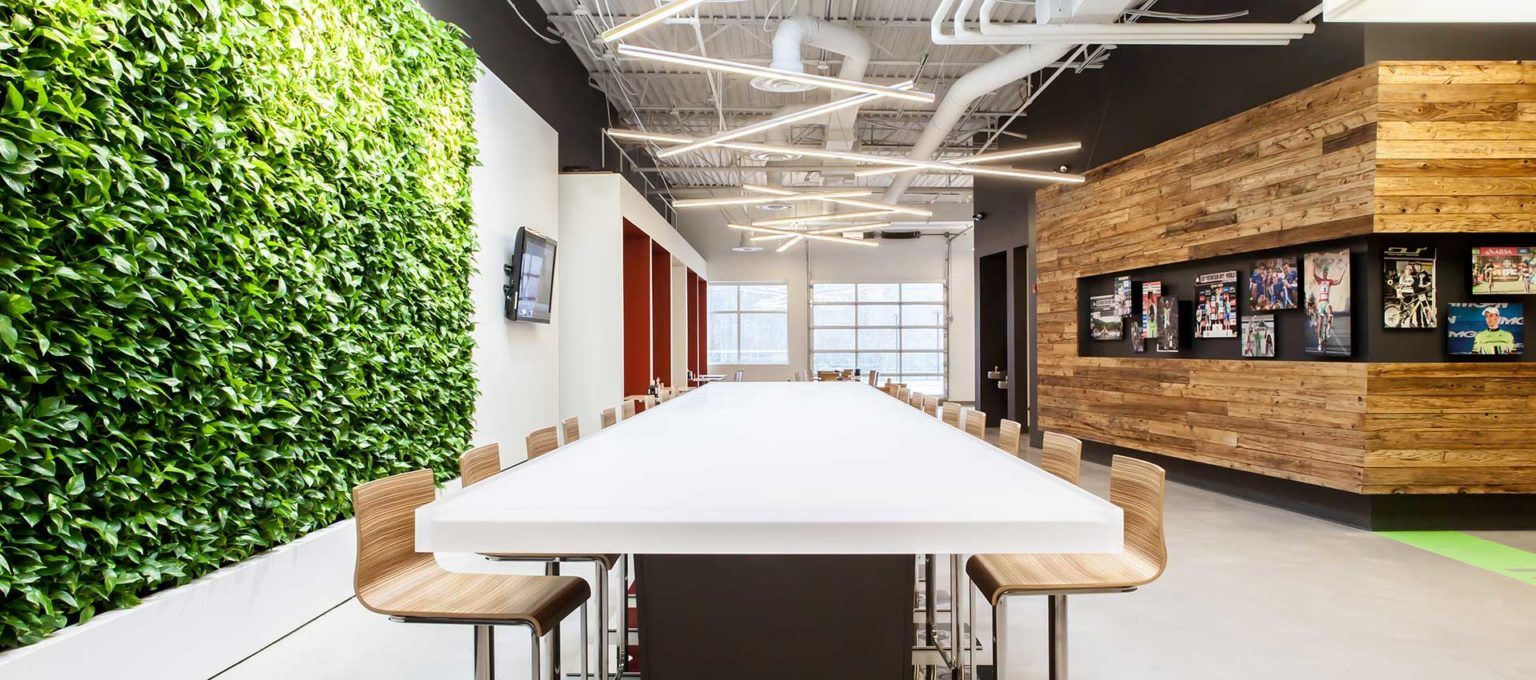Blog
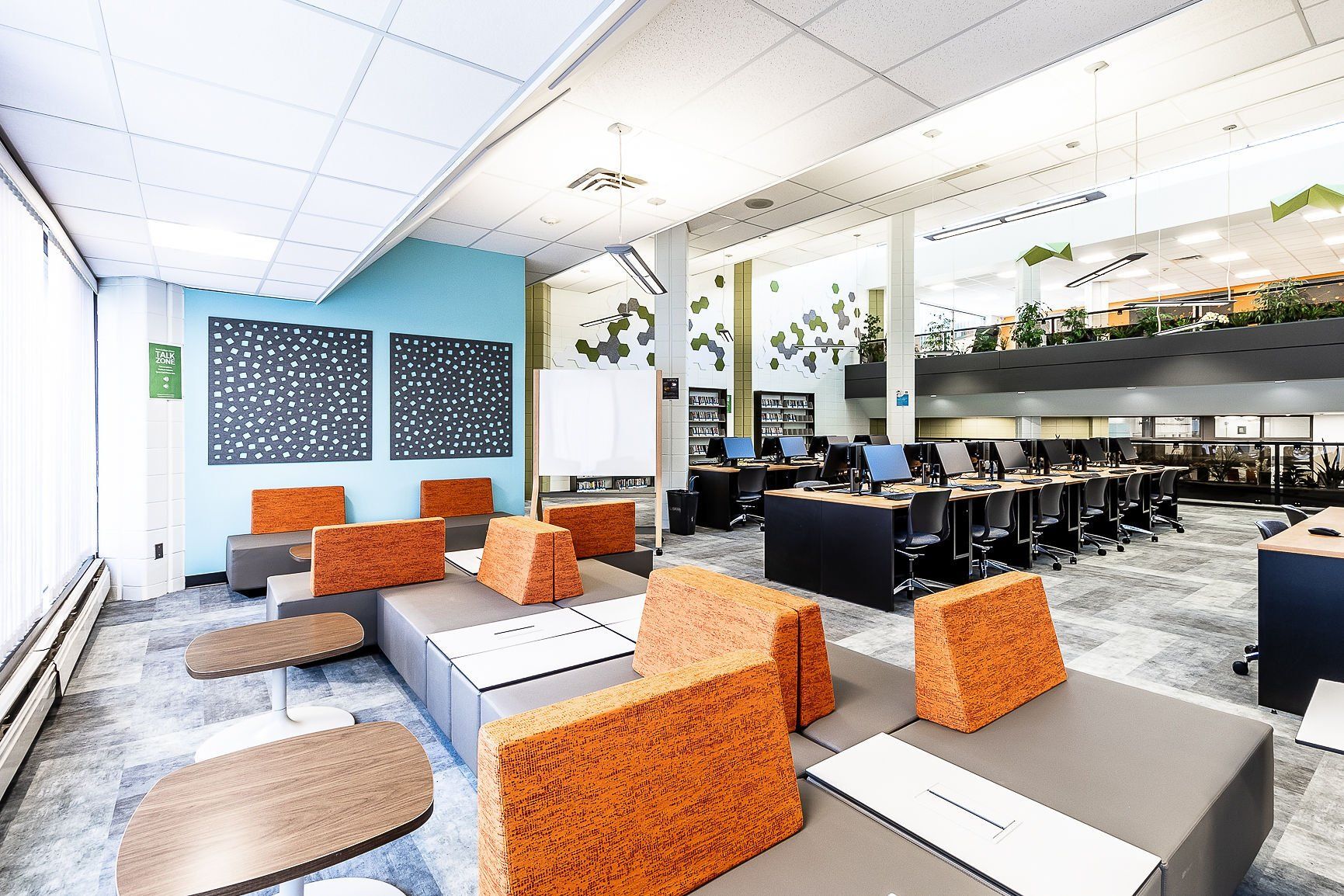
By Sheri Tuck
•
March 26, 2024
As we have seen in the past few years, the office is changing. The trend to modify and update the traditional working environment is partially due to the new expectations of a younger workforce and the need for employers to maximize space and increase revenue. Some seem to think the best solution is to relocate to a modern space that can accommodate an increase in employees, therefore increasing profitability with more space and more people. However, it is important to acknowledge that many new and updated office spaces cost more money per square foot, decreasing the potential for profit. Sometimes, all it takes is a step back to re-assess your existing space and the efficiency of layouts to create an environment that accommodates employees and their ability to work independently as well as collaboratively as well as optimize the flow of space, communication, and productivity within the workplace. Space planning allows you to reimagine your current space to better serve an evolving working population and style.

June 22, 2022
According to the Global Alliance for Buildings and Construction, the building and construction industry generates 37 percent of the world’s carbon emissions, but it was originally believed that the interiors of these buildings only make up a small part of that percentage. A new report conducted over the past few years by Carbon Leadership Forum (CLF) and Seattle-based LMN Architects, suggest something quite different: Over the course of an average building’s life span, the carbon footprint of its interiors will equal if not exceed the emissions associated with a building’s structure and envelope.
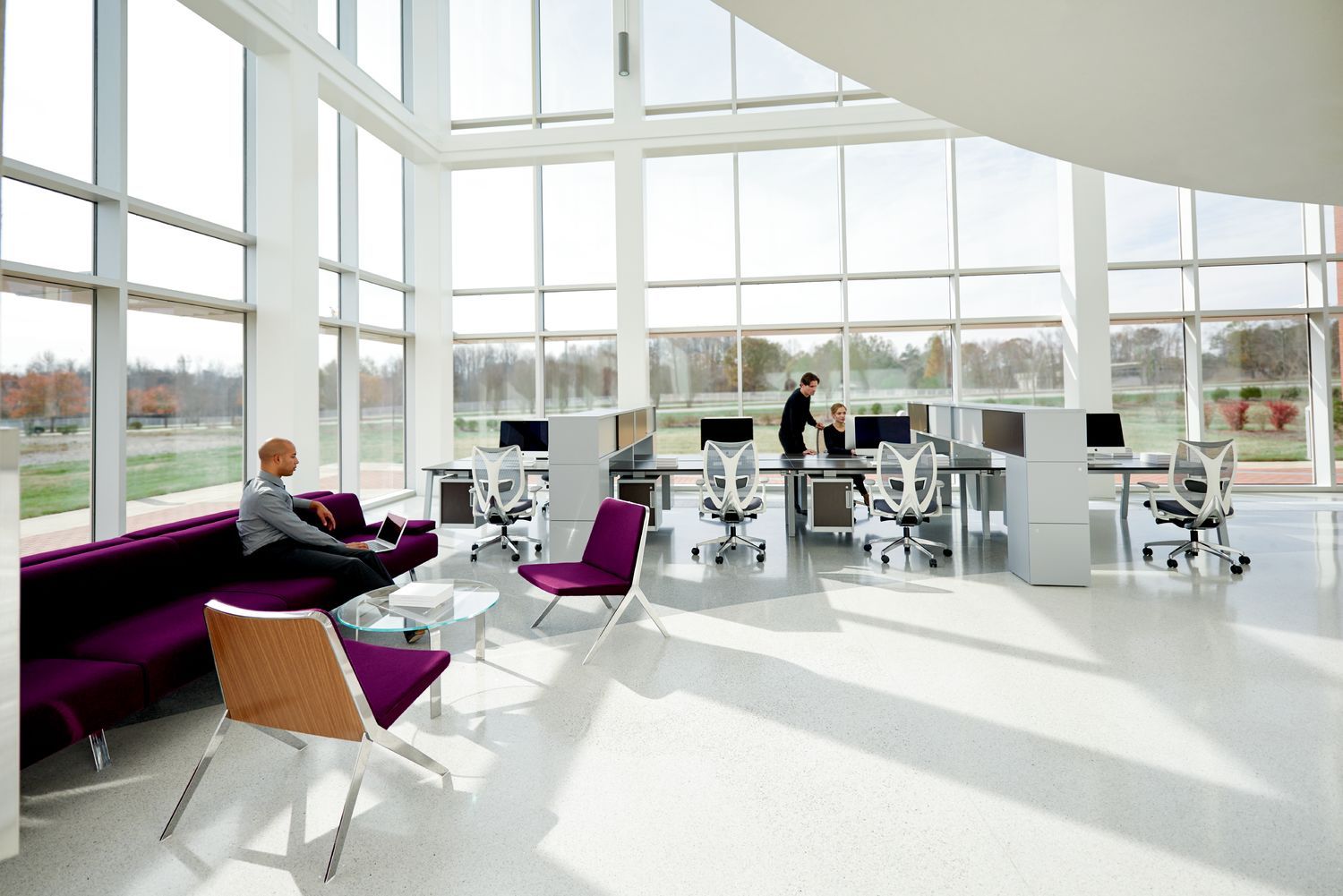
January 31, 2022
Office design trends have changed significantly due to the COVID-19 pandemic. Throughout the world, more and more companies continue to incorporate sustainable work practices, technological innovations and a focus on employee wellbeing to shape the way we live and work. In 2022, flexibility, functionality, and comfort will be the main focus for modern office design.

November 29, 2021
The best designed spaces have always been those that are centered on their users. Pre-pandemic research shows the average person spending nearly 90,000 hours at the office over their lifetime. Today’s companies consist of diverse, multigenerational employees and inclusive design will not only help accommodate the varied needs and preferences of different people, but make them feel welcome, valuable and productive. Inclusive design is a win-win for both employers and employees alike.
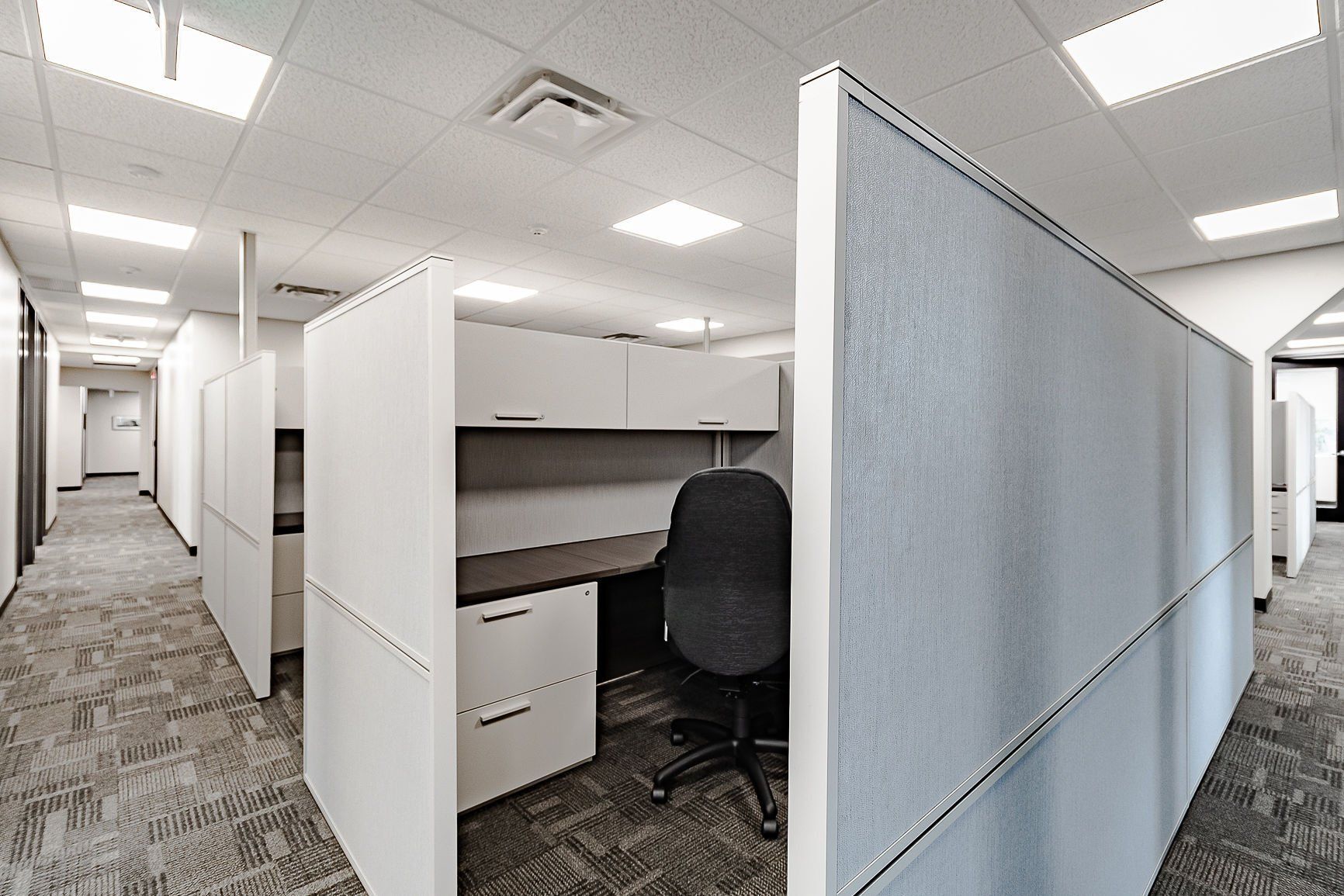
August 23, 2021
Move management is the process of moving one or more employees from one location to another or in and out of your organization. Organizations experience moves all the time. Whether adapting to company growth, moving entire teams to a new location or relocating individuals, it’s important to manage the process from start to finish. There are varying types of move management–there are Moves, Adds and Changes (MAC), which are typically simple moves, you’re either moving an employee from one location to another within your organization, you might be adding employees and onboarding them or perhaps someone got a promotion and they need to move work spaces. The other type of move–which is much bigger and more complicated–is a project move. A project move is taking a handful of people to thousands of people and perhaps moving them from one location to another, completely restacking a building or even bringing a new building online. A project move requires a lot of coordination from various stakeholders in order for the move process to go smoothly.

August 13, 2021
COVID-19 has accelerated a range of preexisting trends in the commercial property sector around health and wellbeing, activity based working, flexibility and the drive for better space utilization. Sustainability, smart buildings and the digital workplace are also reshaping the commercial offer. Taken together, these trends and developments will profoundly impact the kinds of workplaces likely to be needed in a post-pandemic world. One way that organizations can operate more efficiently after the pandemic is by rethinking their real estate footprint. Several potentially advantageous options can be implemented, whether you are an owner or a tenant, and whether your premises are an office, industrial, or commercial space.
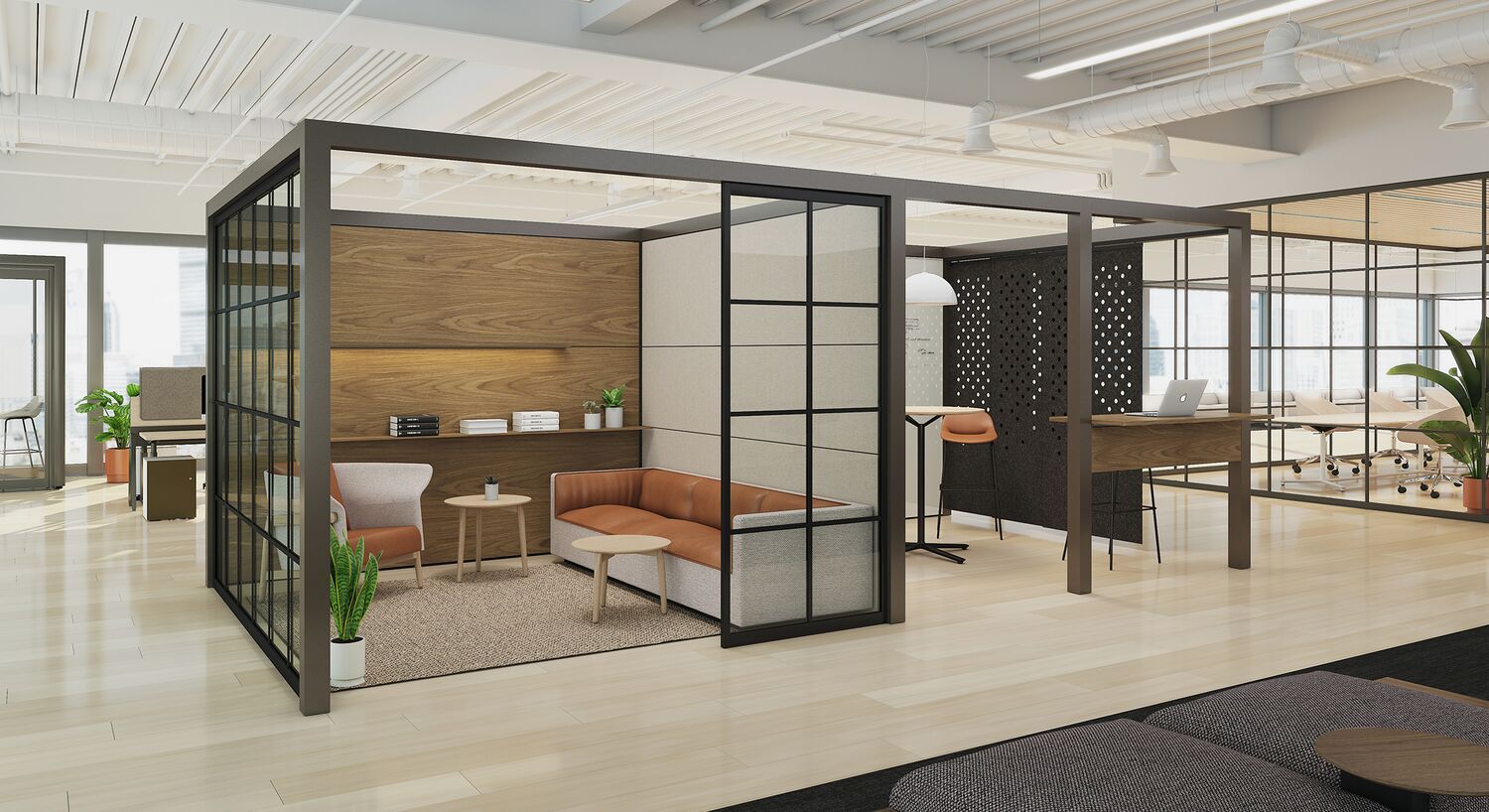
July 22, 2021
Many workplaces now incorporate open-concept offices to encourage collaboration and team-building. They also provide many benefits including improved access to natural light and ventilation. However, office noise can lead to decreased productivity and stress. Proper design and construction are not always enough to achieve acoustic comfort in buildings. Sources that contribute to acoustic dissatisfaction such as sound transmission from internal and external sources, footfall noise and voices from adjacent spaces are difficult to control. Lower dividing panels and bench style work stations as well as sofas and lounge areas have led to distractions, lack of privacy and overall employee dissatisfaction. Fortunately, there are strategies for open-concept designs which can mitigate excessive noise, lack of privacy and focus. One very important strategy is to review and consider your office acoustics and incorporate acoustic planning into your space. Although the best time to mitigate sound issues is during design, there are still ways to modify an existing space to reduce distractions and maintain productivity and collaboration. There are plenty of design solutions, including simple and innovative tactics for reducing noise in your office right now.

June 18, 2021
With employees returning to the workplace, it is more important than ever to ensure that our buildings and spaces are working to promote strategies that enhance human health and well-being. The return to the workplace will mean buildings and workplace design will be focused on the safety, health and wellness of building occupants. A year of mask wearing, frequent handwashing, and social distancing has definitely changed the ways that we view office safety and sanitation. While many offices had temporary measures in place to ensure health and safety, there are also significant long-term changes that will last even once fears over the pandemic fade. Office designs and layouts can help encourage healthy behaviors and create a comfortable environment for employees coming back from remote work. They can also promote a collaborative environment while still maintaining safety measures for their workers. desk pods - Desk pods allow three to four workers to collaborate while still providing distance and encourage both safety and teamwork. desk distancing - Office layouts using alternating desk and workspace layouts and having them face away from each other makes it easier for employees to maintain their distance. outdoor office spaces - While not possible for all companies in all climates, many offices are setting up outdoor office spaces. smaller conference areas - Smaller conference rooms encourage small group collaborations while still allowing staff to maintain a healthy distance without taking up a large conference room. To better understand how the layout of the workplace (and technologies within it) are changing due to the pandemic, we would like to note the top office trends we are expecting to become common place.
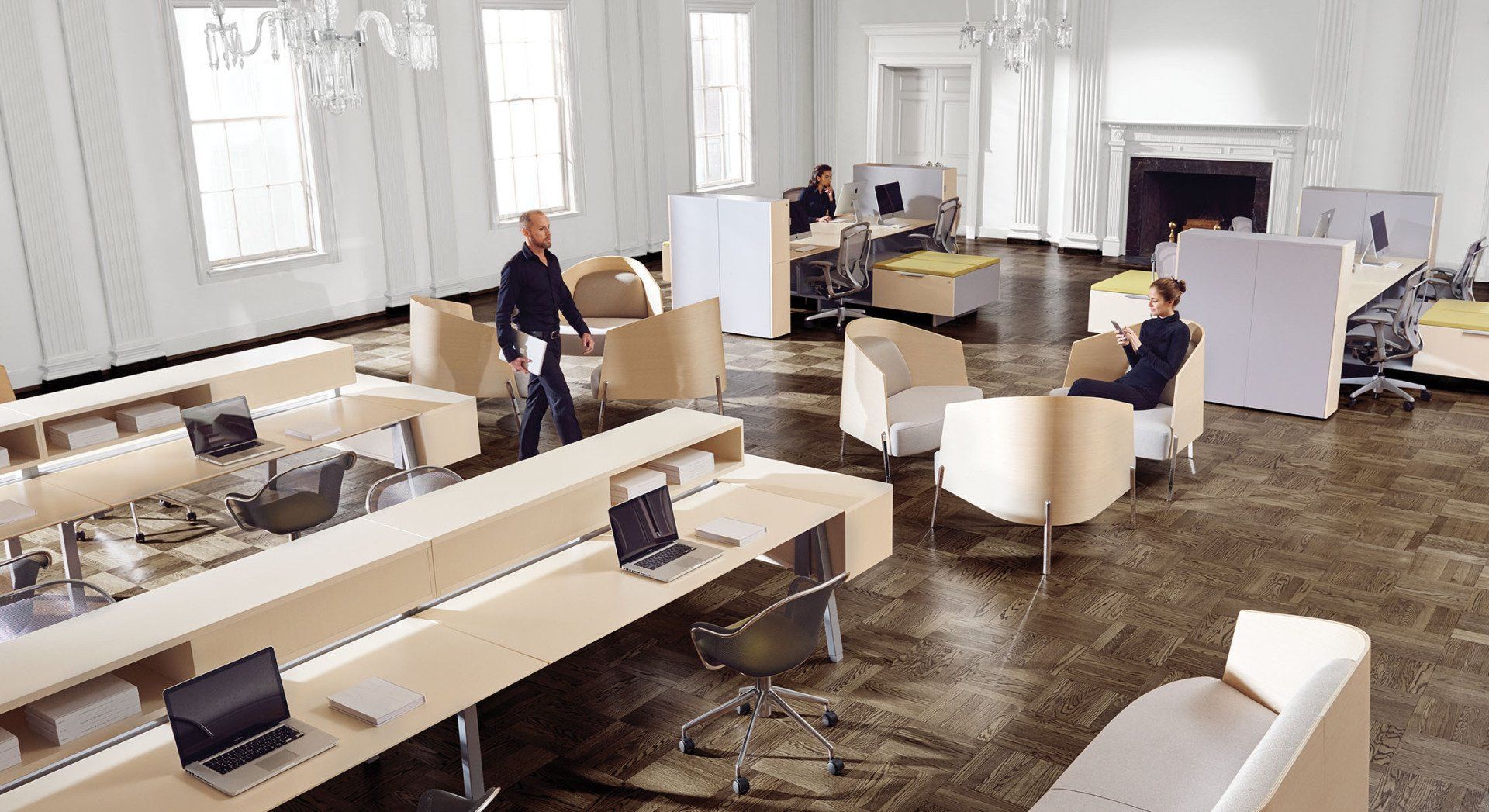
January 25, 2021
The Covid-19 pandemic has definitely had an impact on office workplaces. The pandemic has forced the adoption of new ways of working. Employers and employees will have to embrace the new reality of disinfection, ventilation and social distancing. So how do we return back to work safely? We have put together some short-term and long-long term solutions to help workspaces transition into safe, healthy and workable environments.
Book A FREE Consultation
Connect with one of our team members today and see if we would be a good fit for your next project!
Thank you for contacting us.
We will get back to you as soon as possible
We will get back to you as soon as possible
Oops, there was an error sending your message.
Please try again later
Please try again later
